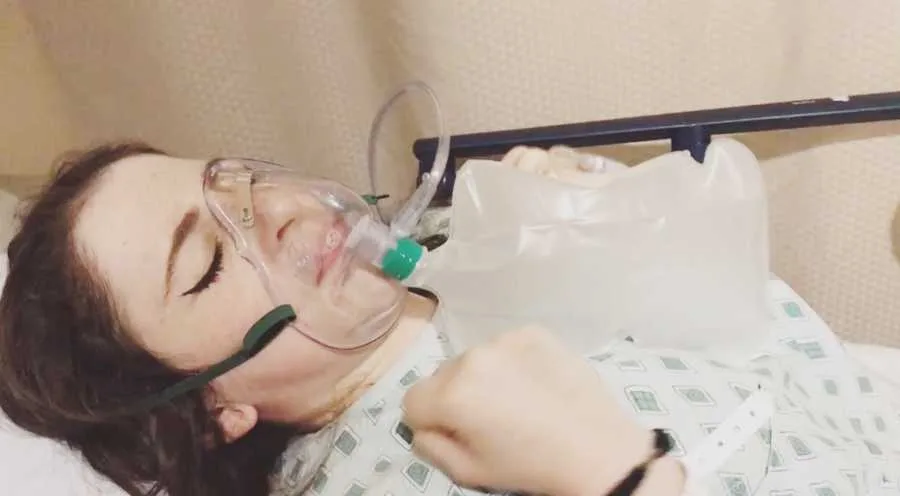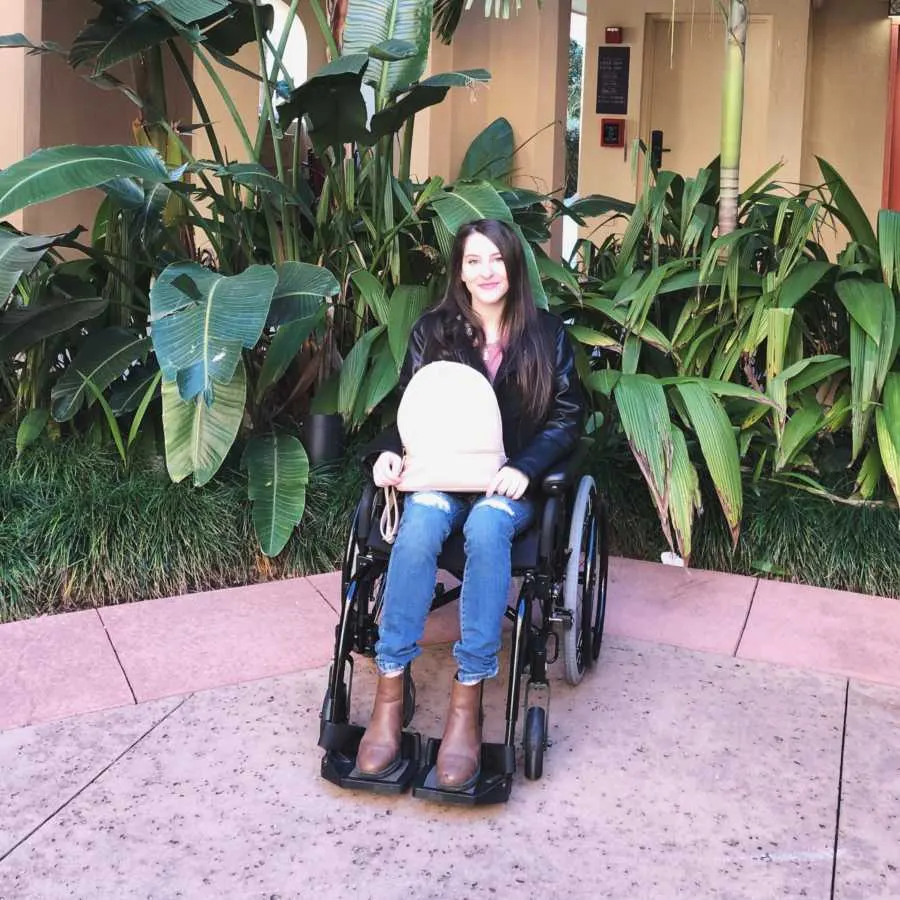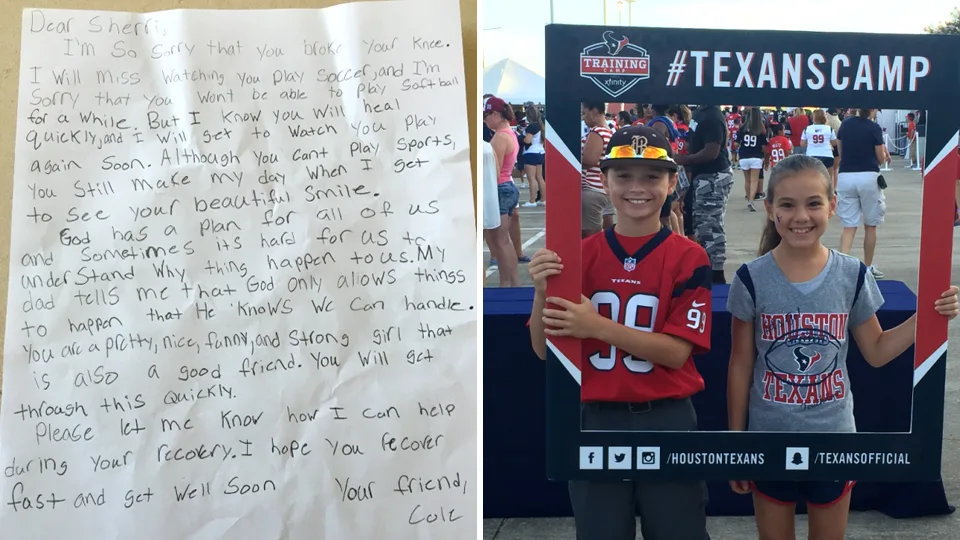The mysterious illness that changed her life didn’t arrive like a thunderclap. There wasn’t a dramatic movie scene where a doctor walked in with a diagnosis and the world tilted off its axis. No, it was much slower, like a drip of water wearing down stone. Month after month of strange symptoms, appointments that ended in shrugs, and doctors suggesting maybe it was all in her head. But she knew her body, and she knew something wasn’t right.
This wasn’t just one illness, either. It was layers stacked on each other until she didn’t know where one ended and the next began. It started when she was twelve, with Type 1 Diabetes. An autoimmune disease is when the body attacks itself for reasons nobody fully understands. Insulin became her lifeline. That was the prologue, the beginning of the mysterious illness that changed her life.

Years later came Hashimoto’s Thyroiditis. Fatigue wrapped around her like a heavy blanket that she couldn’t kick off. Thyroid medication didn’t fix it, and she kept asking herself, is this just how life is going to feel now? Then endometriosis showed up. A constant dull ache in her pelvis, pain radiating into her back, heating pads became her constant companion. Surgery confirmed what she already suspected: endometrial tissue outside her uterus was wreaking havoc—finally, an answer, but not a solution.
And then one of the most humiliating nights of her life. She couldn’t pee, no matter how badly she needed to. A doctor brushed her off at the ER, suggesting maybe she didn’t realize she’d gone a little. She knew that wasn’t true. Hours later, in agony, she was back at the hospital and catheterized for the first time. Eventually, she was told she had a neurogenic bladder, her sphincters no longer working together, likely due to nerve damage. She learned how to self-catheterize, a phrase no one really prepares you to hear.

By twenty, she thought stomach pain was just normal, until doctors told her otherwise. A strange test involving swallowing metallic rings revealed that her intestines were sluggish, barely moving food along. Another mystery added to the stack. Then came the dizziness, the lightheadedness, the feeling her body hated gravity. They called it Postural Orthostatic Tachycardia Syndrome, or POTS for short. Her heart rate spiked when she stood. Suddenly, the random nausea made sense, even if the answers didn’t fix it.
But perhaps the most frightening of all has been the neuromuscular problems. At first they called it Stiff Person Syndrome. Her walk changed, stiff and awkward, enough that strangers stared. Then the spasms started, violent convulsions that she couldn’t even remember afterward. Her parents recorded videos to show the doctors. She cried when she watched them, her own body betraying her, her parents panicked beside her. Now doctors wonder if it’s mitochondrial disease instead. More tests, more waiting, still no clear ending. The mysterious illness that changed her life has not just been one illness, but a patchwork of them, stitched together into something she never asked for.

And yet, in the middle of all of this, she found something she didn’t expect: community. On Instagram, she connected with others carrying invisible illnesses, people scattered across the world but bound together by the same silent battles. They couldn’t work or attend school like everyone else, but they understood each other in ways no healthy person could. When she couldn’t sleep, someone else was always awake too. Someone else reminded her she was stronger than she knew when she felt weak.
It gave her purpose—to spread awareness about invisible illnesses and remind people that just because someone looks fine doesn’t mean they aren’t fighting for their life. Chronic illness can strip away the life you once knew, but it doesn’t erase your worth. If you had met her on the street, you might not have known the storm her body was fighting. And that’s precisely why she tells her story. Not for pity, but for understanding. Because somewhere out there, another person is scrolling through their phone at 3 a.m., convinced they’re alone in their pain. She wants them to know they aren’t.

The mysterious illness that changed her life hasn’t taken everything. It gave her perspective, resilience, and a bond with others she never would have met otherwise. And even if there’s no neat ending, no tidy diagnosis to tie it all together, she has learned that strength is not about perfection, it’s about waking up every day and fighting again.




